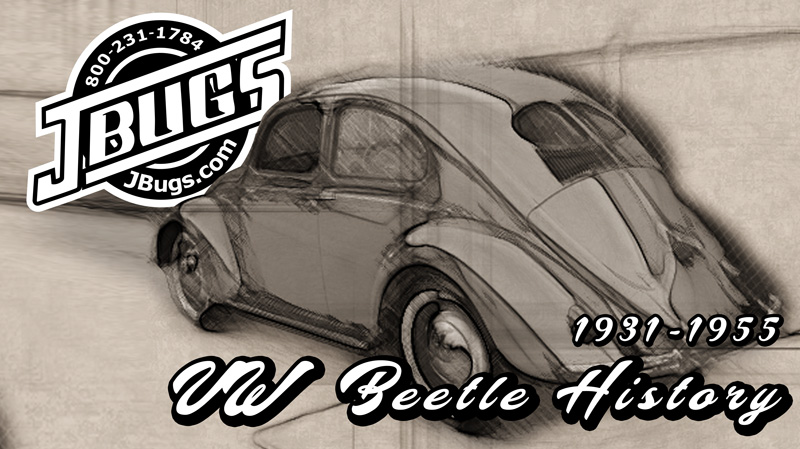
In 1931 Germany, the most affordable method of transportation was the motorcycle, and some motorcycle manufacturers in Germany wanted to expand into inexpensive automobiles for the common man. Zundapp was one of those companies, and in 1931 they hired Ferdinand Porsche (an automotive engineer whom had recently founded the Porsche GmbH) to develop a prototype. The Porsche Company had already been in the early developmental stages of designing a car that would be affordable, efficient and practical for both the consumer and the manufacturer. The Type 12 that Porsche developed with Zundapp had a water-cooled radial 5 cylinder engine. The design featured a boxed front end and the familiar round roof line we know today. This is the earliest version of what would eventually become the Volkswagen Beetle.
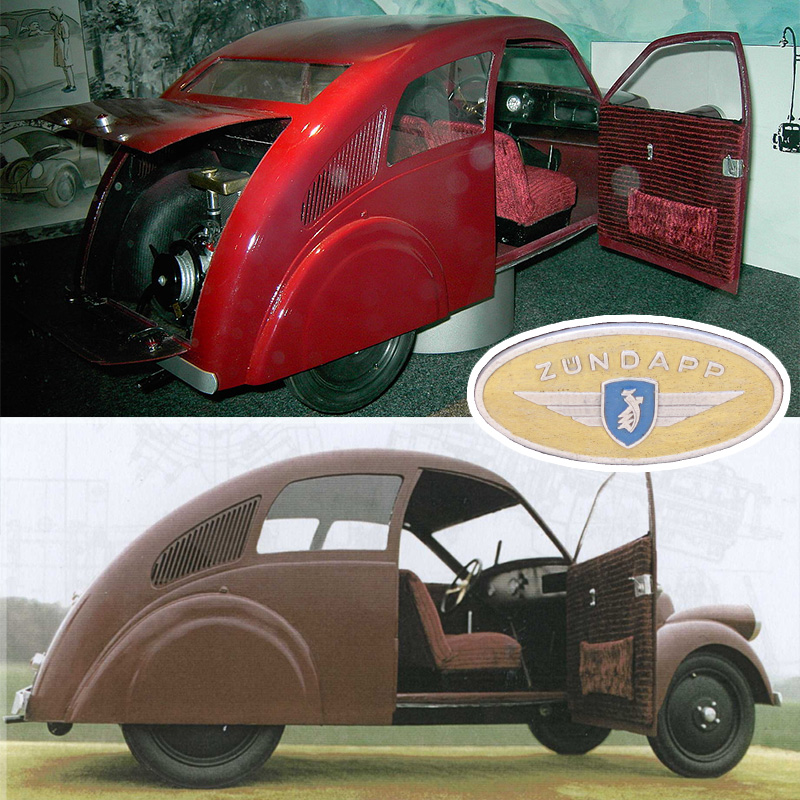
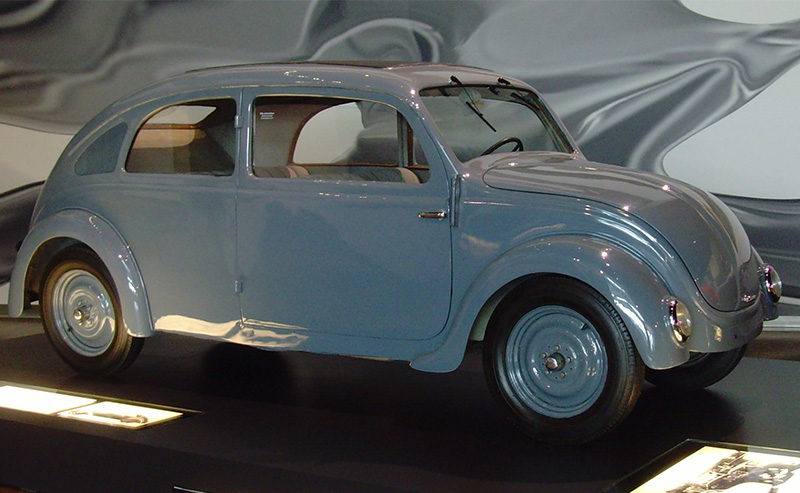
Zundapp abandoned the project in 1932 and gave Porsche all the rights to the project.
Porsche took the prototype to another motorcycle manufacturer, NSU in 1933 and with
them developed another early “Beetle”, the Type 32. The NSU prototypes were similar
to the Type 12 but featured Porsche’s preferred flat 4 cylinder engine. The new aircooled
engine allowed a more rounded front end and with the Type 32 we start to see the
beginnings of the familiar Beetle we know today. NSU later ended up working with Fiat
on another automotive project, so Porsche continued on his own to further develop and
refine the design.
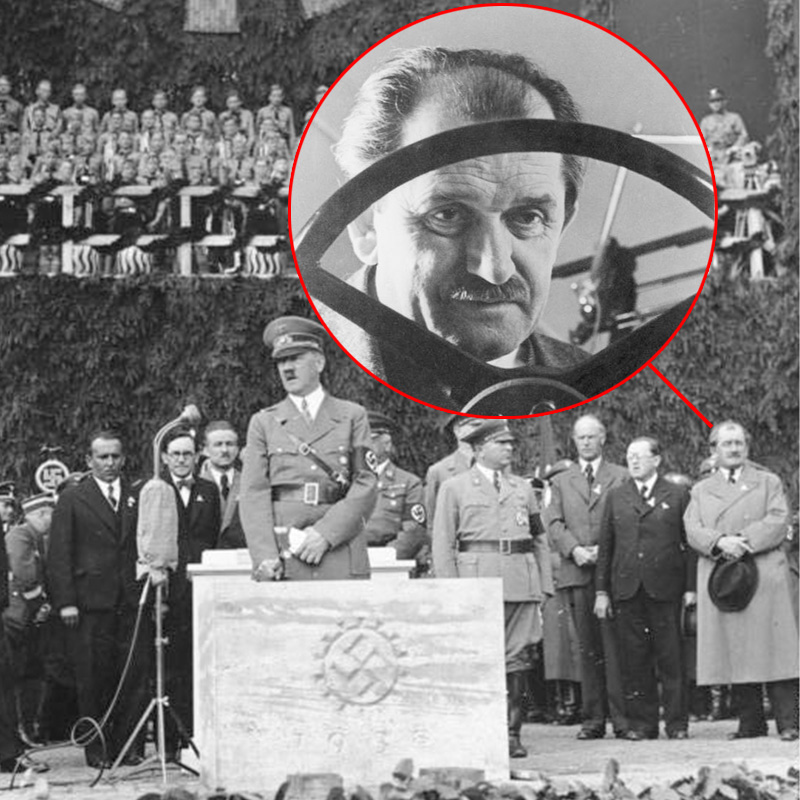
Later in 1933 the infamous Adolf Hitler, at the German Auto Show, announced the idea of a people’s car. Then in May of 1934 Porsche met with Hitler and through their talks determined the capabilities and guidelines for the car: a cruising speed of 100 kph (62 mph), average fuel efficiency of 100 km to 7 liters of fuel (40 mpg), and the capacity to carry 4 adults (or 2 adults and 3 children) and their luggage. The car should be reliable, easy to maintain and service, and most importantly to Hitler, the car should cost no more than 1000 Reichmarks ($360). Hitler’s price request was the equivalent cost of inexpensive American cars at the time.
In 1935 the call went out to various German companies asking them to design a Volks-wagen. Numerous manufacturers offered up prototypes for testing, including Porsche. He had already developed a car that met the design guidelines (that he himself had helped outline), so he returned his workshop in Stuttgart and developed the V1 and V2 using what he learned from the Zundapp and NSU prototypes. In 1936, Porsche built three more V3 models for testing. Hitler liked the V3 so much that he ordered more cars for extended testing. Those cars were built by the Daimler-Benz company (a former employer of Porsche) and in total thirty W30 models, including a “rag-top” version with a cloth sliding sunroof, were made and tested a total of 1,800,000 miles by the end of 1937.
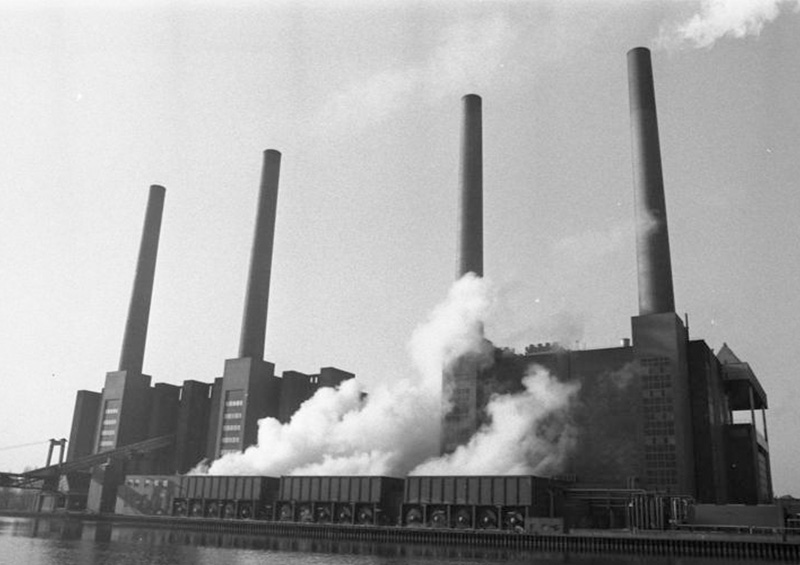
In 1938, a total of 44 V38 prototypes were produced and 1939 (the same year Germany invaded Poland, kicking off World War 2) brought along 50 more pre-production models, the V39. These models featured the split rear window and the “split dash” designs that wouldn’t change until 1953. The first production models rolled off the line in 1940 at the newly constructed Volkswagen factory, which was built by the German government on confiscated land near Wolfsburg Castle in northern Germany. Today the city of Wolfsburg is named after the castle.
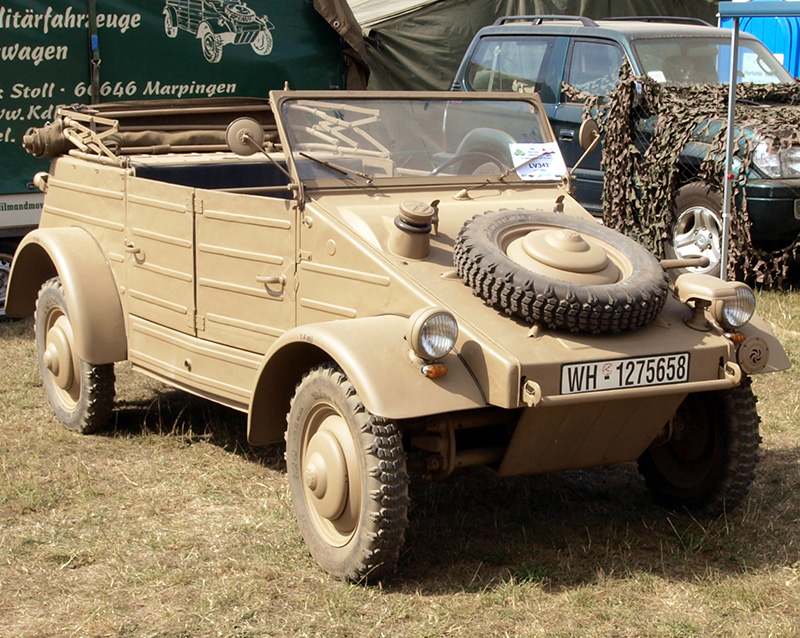
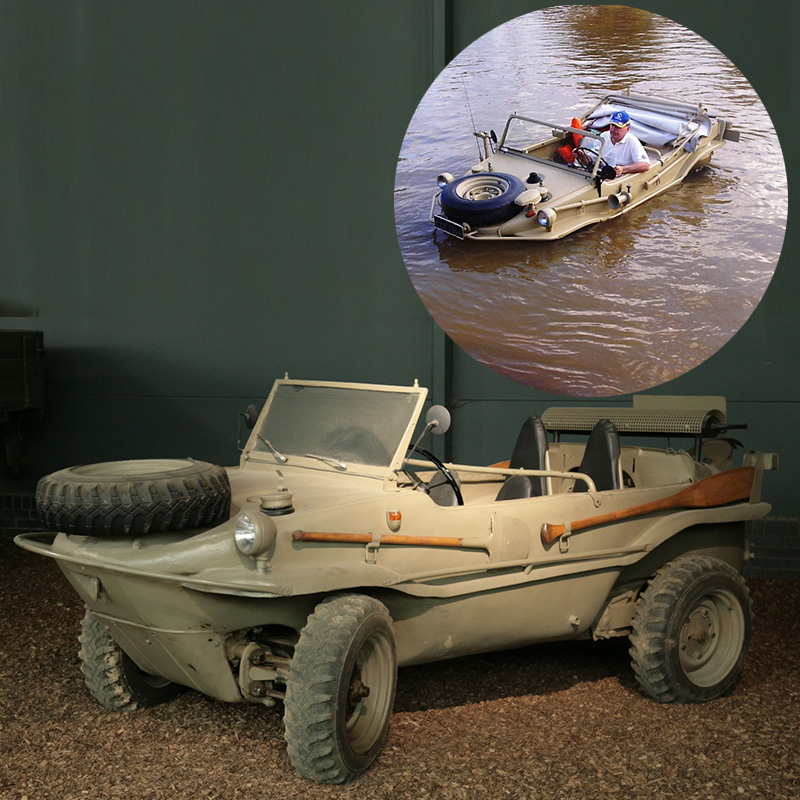
By 1941 Germany was deep in the midst of WW2 and the VW factory had switched to making airplane assemblies, engine parts, stoves, rockets and war vehicles. The vehicles, the Type 82 Kubelwagen (an early version of the VW Thing), the Type 166 Schwimmwagen (an amphibious and 4 wheel drive VW), and the Type 87 Kommandeurwagen (a modified Beetle with a Schwimmwagen based drivetrain) were all based on the VW Beetle. A few standard VW Beetle models were produced between 1941 and the end of WWII in 1945, but they ended up in the hands of wealthy citizens and Nazi elite.
The VW factory was captured by Americans near the end of the world, and in late 1945 the VW factory was handed over to the British. Britain was saddled with the burden of rebuilding post-war West Germany and in charge of rebuilding the VW factory, was British Army officer Major Ivan Hirst. The first order of operation in rebuilding the VW factory was removing an unexploded bomb that landed between two irreplaceable pieces of machinery during the war. Had the bomb exploded when it was originally dropped by Allied forces, or while being removed, VW and especially the Beetle might not have made it out of the war. By the end of 1945, 1,785 VW Type 1s had been produced.
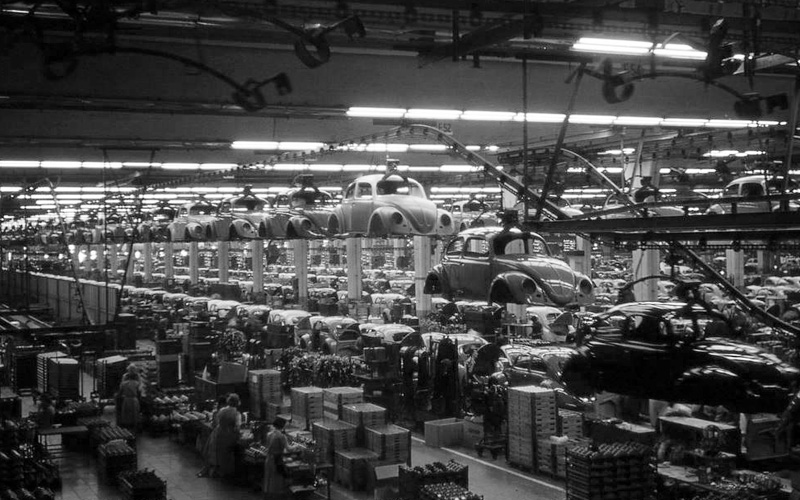
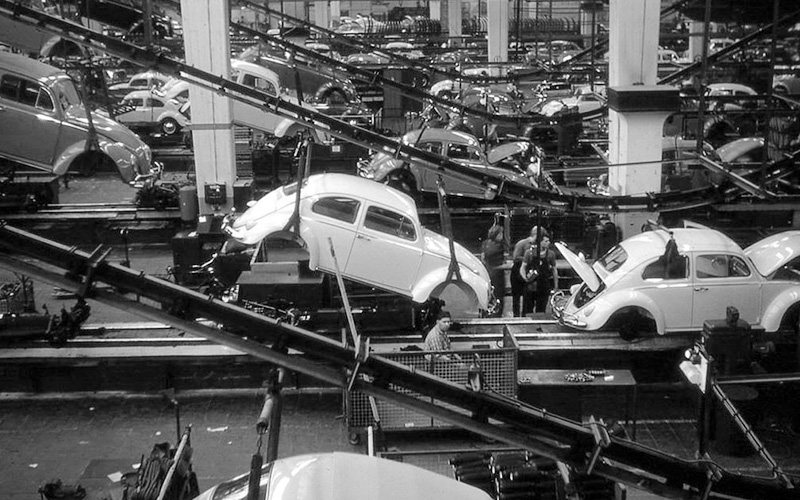
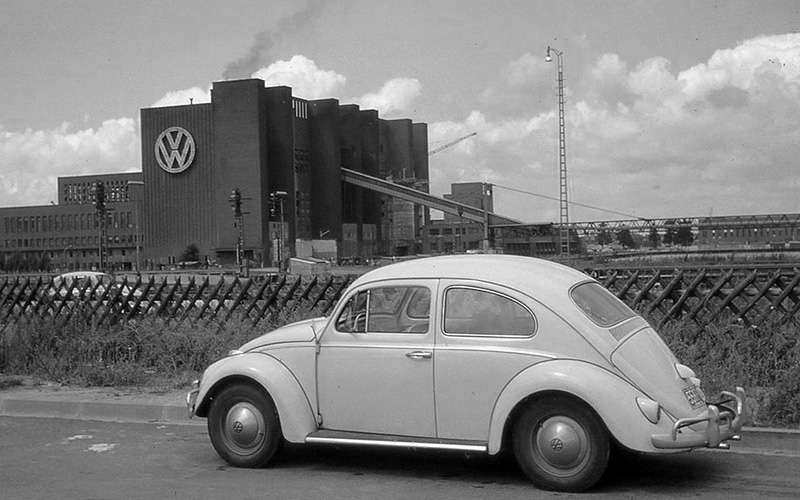
The first VW Beetle was imported to the US by a Dutch businessman, Ben Pon Sr. and arrived in New York City in January of 1949. He sold two VW Beetles that year. Another vehicle importer, Max Hoffman, managed to sell 887 VWs in 1952 and 1,139 in 1953 through his various east and west coast connections. The VW was slow to catch on mainly due to American’s who had been sour on the German car because of WWII and the ties to Adolf Hitler. With time, the Beetle gained popularity and in 1955 VW opened their first US dealership in Englewood, New Jersey, and officially started importing to the Beetle to the US market.
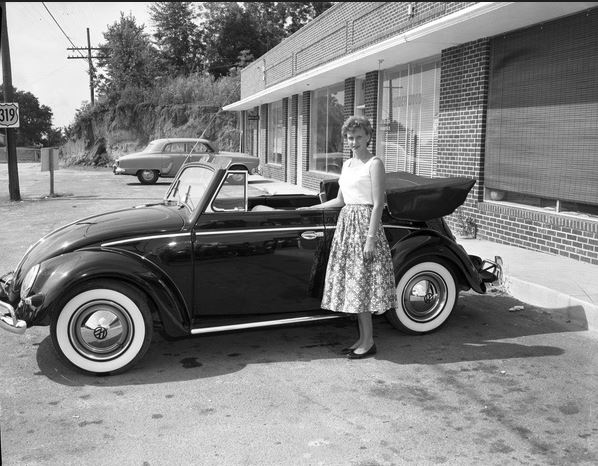



 5-Star Rating!
5-Star Rating!
